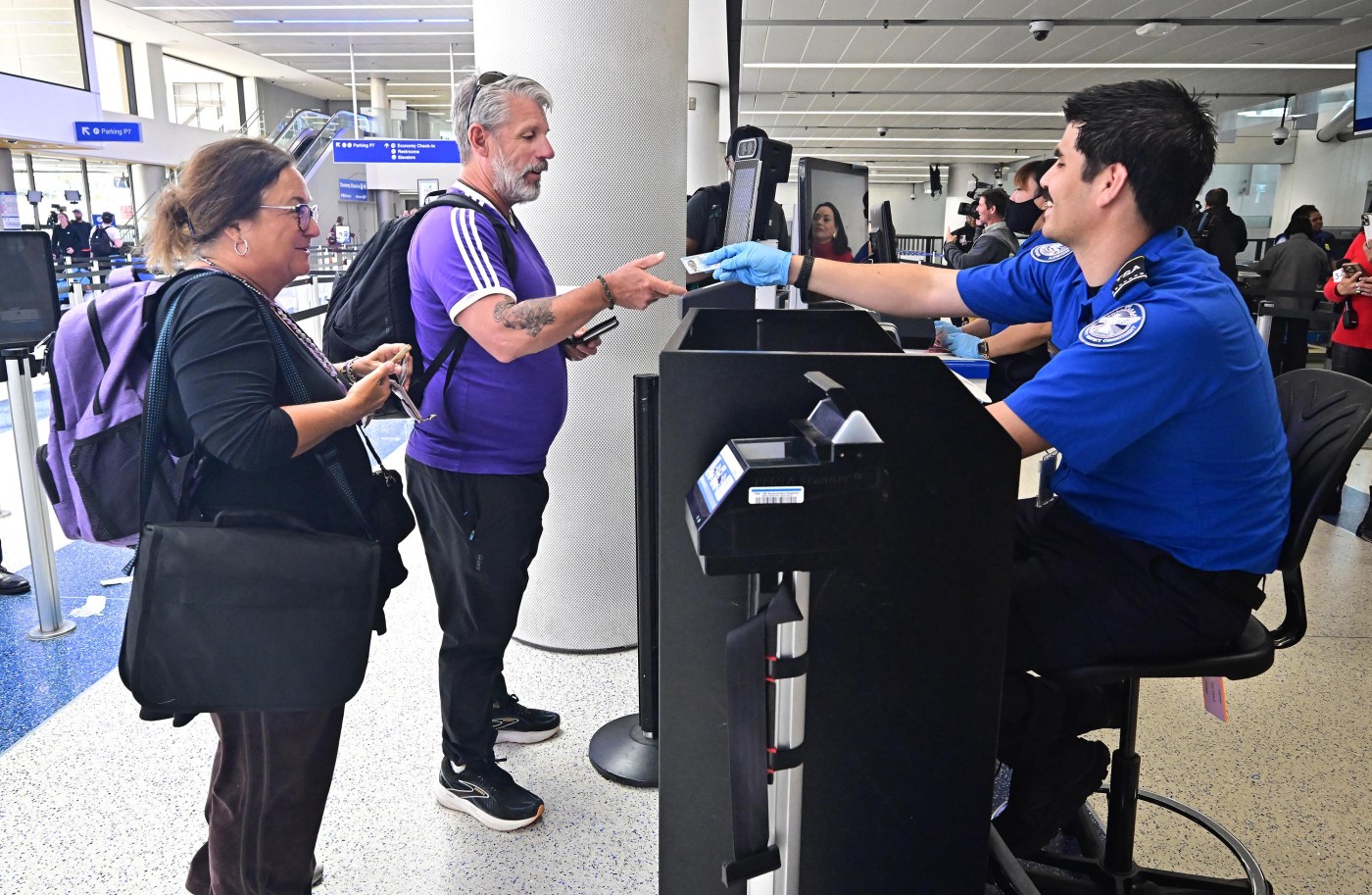
Jacobson: Model immigration procedures after TSA PreCheck
The Trump administration is working to secure the borders and deport criminal aliens from the country. So far, the very blunt criteria being used is that anyone who has broken any law may place them at risk of deportation.
Such a chaotic approach is creating anxiety not only amongst undocumented immigrants, but all visa and green card holders.
Given the turmoil surrounding this issue, is there a more principled and orderly way to execute such a process?
The administration need look no further than the Transportation Security Administration (TSA) PreCheck program.
TSA Precheck is a risk-based security program designed to match passenger risk with security resources. To participate, travelers voluntarily provide their fingerprints and subject themselves to a background check. In exchange for this information and vetting, PreCheck-qualified travelers gain access to PreCheck lanes at airports that offer expedited screening, which includes passing through a metal detector rather than a full body screener, leaving their shoes on while being screened, and not having to empty items from their carry-on bag.
Anyone who has been screened in a PreCheck lane at an airport security checkpoint knows how much quicker and more convenient they are than standard screening lanes.
Given that there are several hundreds of thousands of H1-B and J1 visa holders in the nation, many of which provide invaluable expertise for tech industries, universities or healthcare systems, or are part of education or training programs, all such people have already been vetted and documented.
Efforts to deport such individuals are contrary to why they came into the nation, the roles they are filling, and why they received their visa.
The PreCheck program offers a well-defined set of criteria that defines eligibility. A similar set of criteria exist for visa holders and immigrants. Given such information, every legal visa holder would be happy to demonstrate that they meet the criteria. This would create more stability around the criteria that warrants deportation.
What the TSA PreCheck program demonstrates is that if you offer a transparent and orderly process for background vetting, with well-defined benefits, it will be embraced with enthusiasm. That is why over 20 million people are now PreCheck qualified. People are willing to give up some personal privacy when there is a clear benefit to be gained by them.
Any population that requires vetting is a target for using the TSA PreCheck model. If the administration is serious about deporting criminal undocumented immigrants, the PreCheck model would make the process more efficient, more transparent, and more acceptable.
Sheldon H. Jacobson, Ph.D., is a computer science professor in the Grainger College of Engineering at the University of Illinois Urbana-Champaign. A data scientist, he uses his expertise in risk-based analytics to address problems in public policy. He provided the technical foundations for risk-based security that contributed to the design of TSA PreCheck./Tribune News Service

